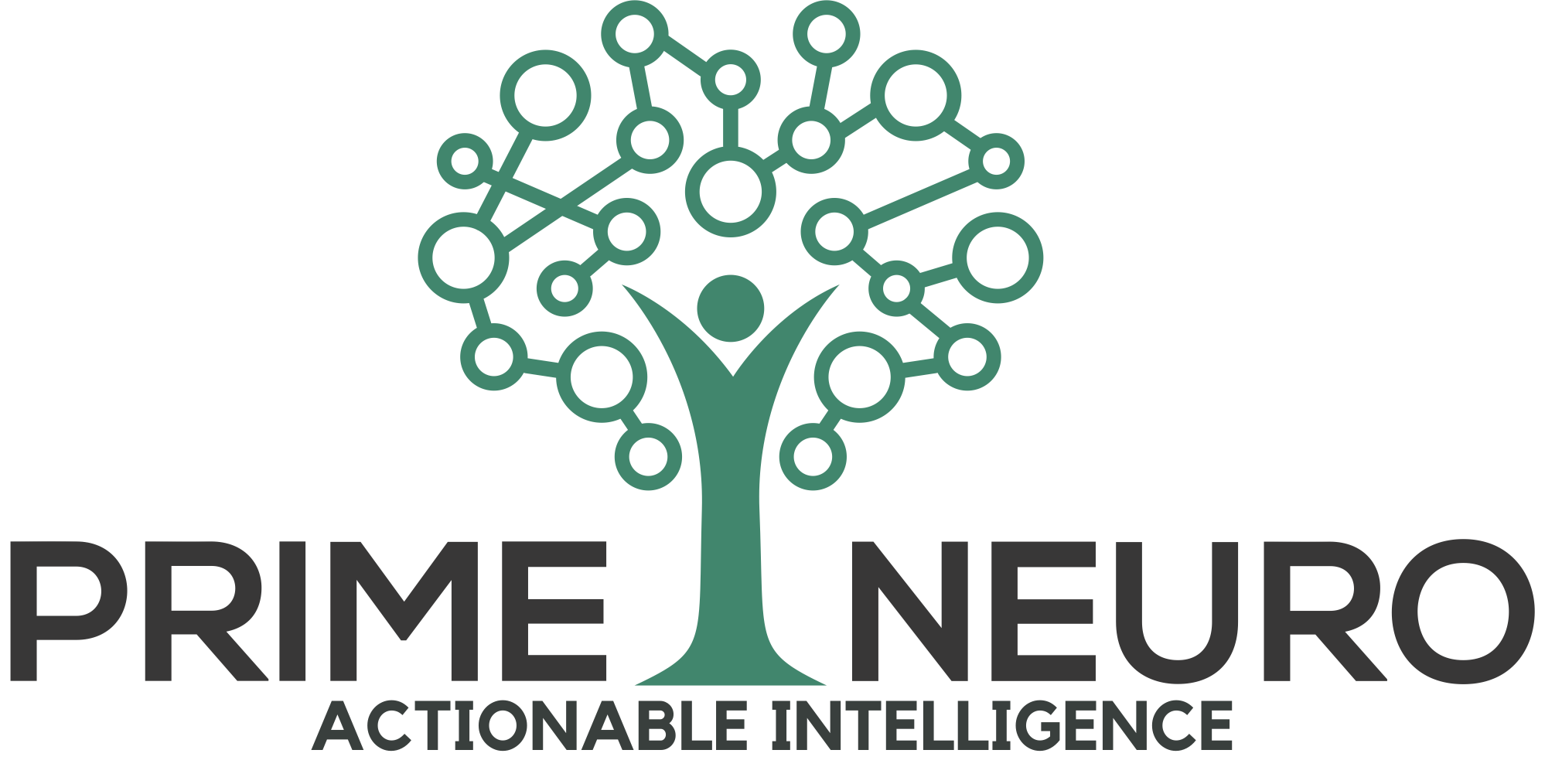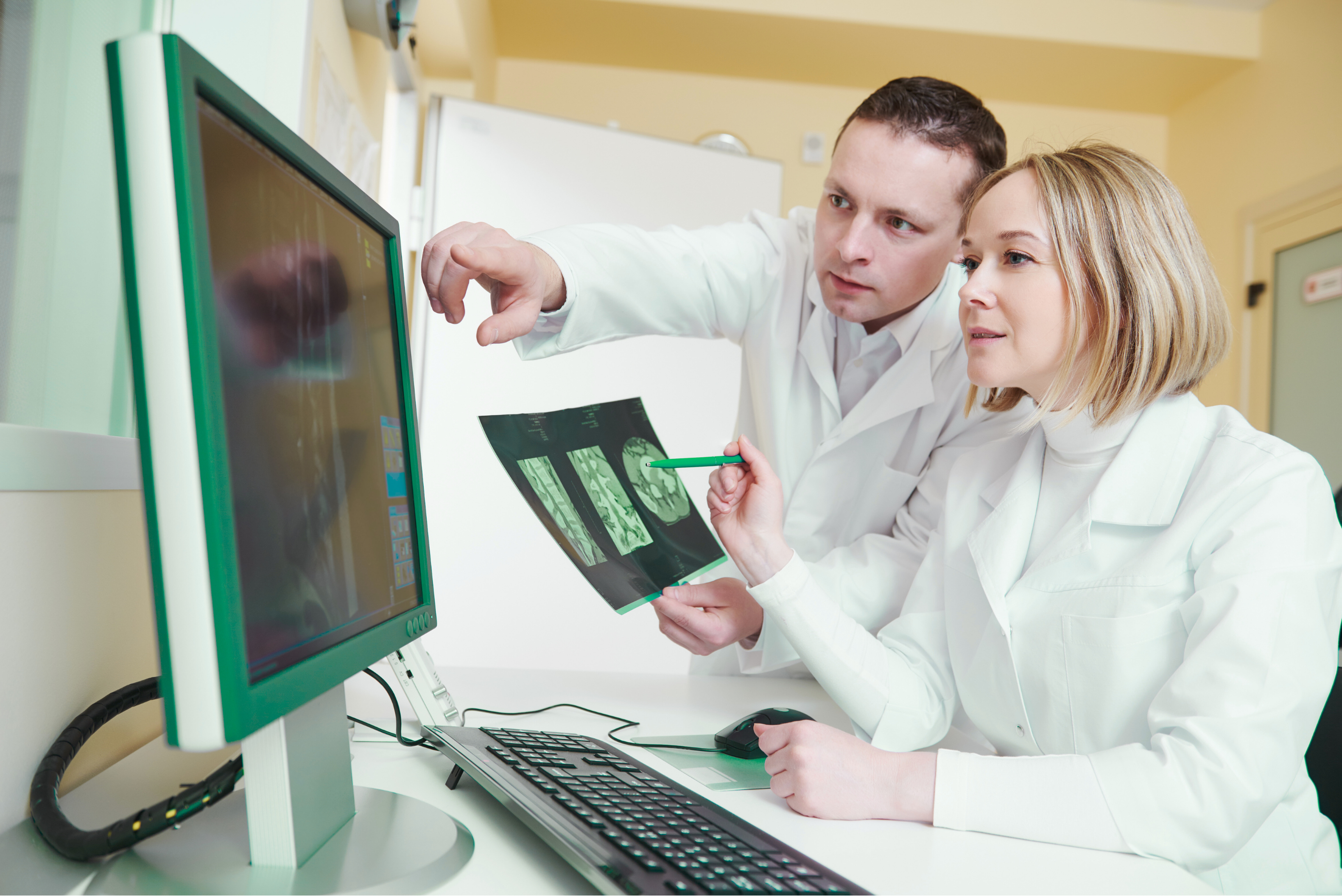Breaking Barriers in Early Autism Detection: PrimeNeuro’s Role in Advancing Predictive Neuroimaging
At PrimeNeuro, we undertook a critical mission: to develop a robust, predictive tool for early autism spectrum disorder (ASD) detection in infants using advanced neuroimaging techniques.
Our transformative journey to address the challenges of early autism spectrum disorder (ASD) detection, began under a $3.5 million research grant from The National Institute of Mental Health (NIMH). The project sought to create predictive software leveraging neuroimaging data to forecast ASD diagnoses by age two.
Funded under a Phase II project, our efforts focused on creating a scalable, reliable solution that not only aligns with scientific rigor but also addresses the practical challenges of early diagnosis in real-world settings. Despite numerous obstacles, our innovative approaches have set new standards for neuroimaging analysis and predictive modeling.
The project’s foundation rested on three pivotal goals: optimizing data pipelines, integrating behavioral metrics with neuroimaging, and conducting a clinical beta test. Challenges, including data imbalance, variability in imaging quality, and disruptions caused by the pandemic, initially posed significant barriers. However, these hurdles spurred us to innovate further.
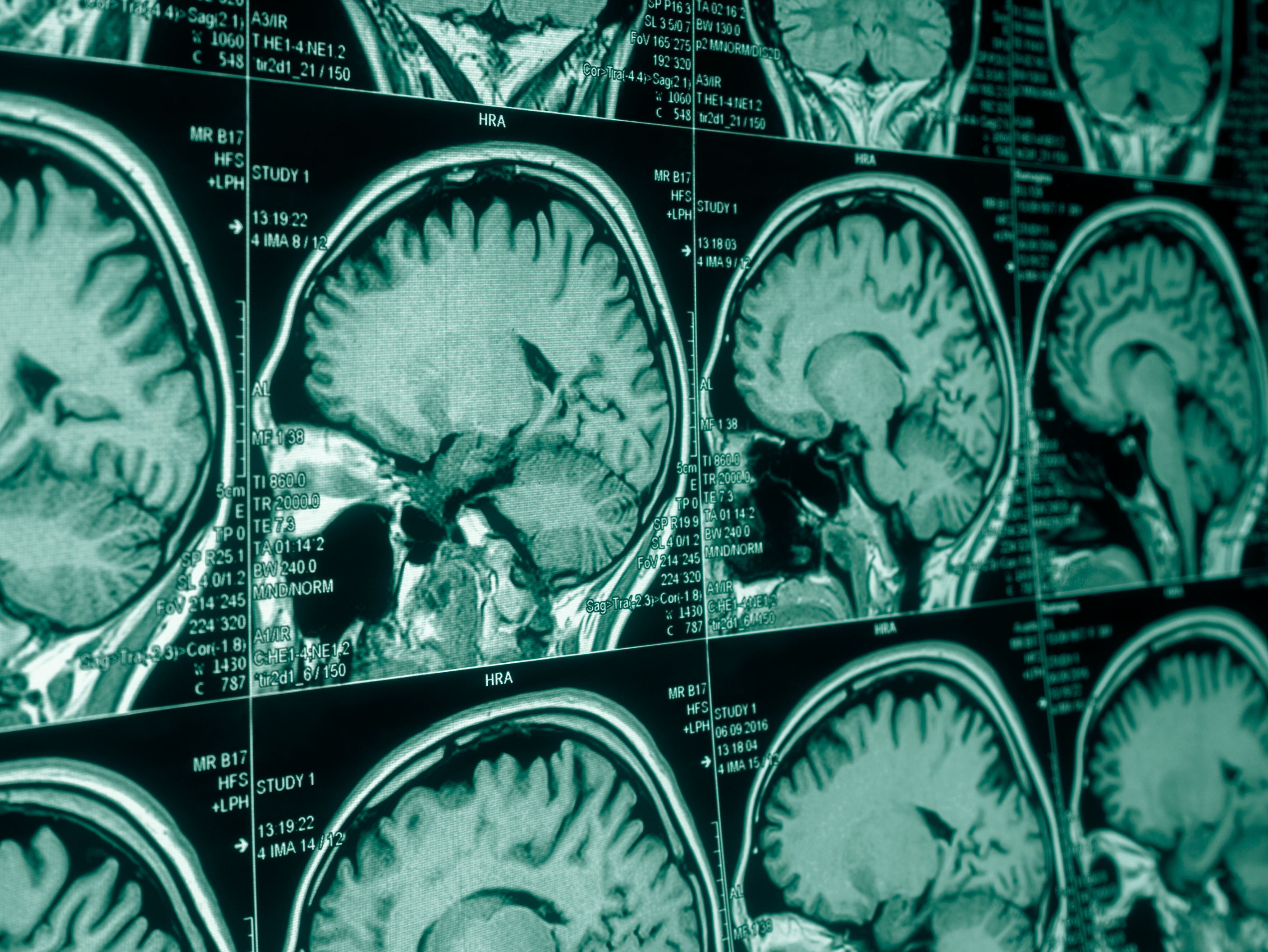
We revolutionized our pipeline by adopting hybrid models that combined the strengths of the Developmental Cognition and Neuroimaging Lab’s functional analysis workflow with the infant FreeSurfer pipeline’s segmentation capabilities. This approach, complemented by the implementation of microservices within a scalable cloud infrastructure, allowed us to enhance processing accuracy and efficiency. Leveraging collaborations with the University of Minnesota and the Baby Connectome Project, we developed infant templates tailored for ages one to eight months, addressing longstanding segmentation issues in infant MRI data.
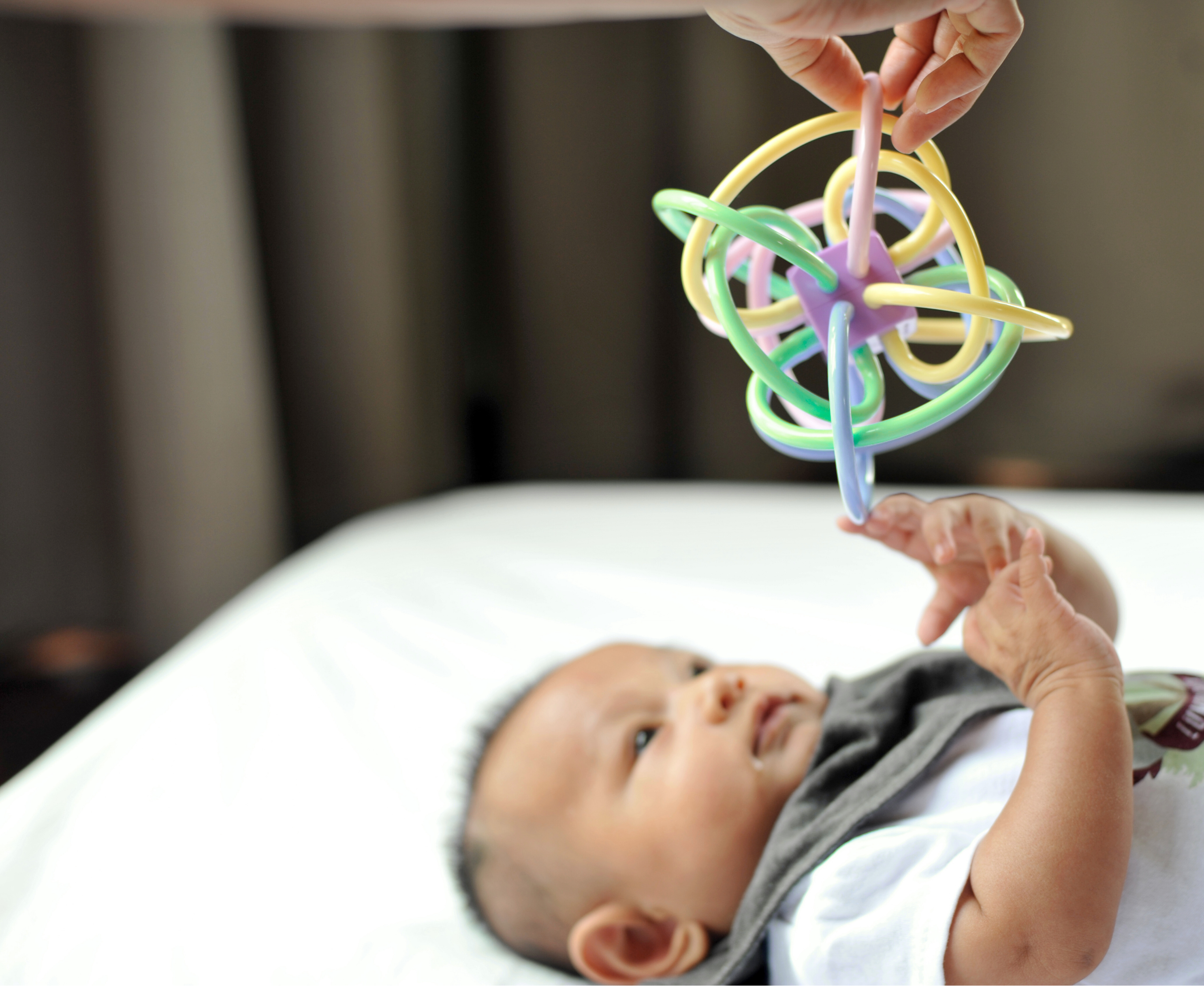
Our behavioral analysis advancements marked another milestone. Integrating fMRI features from 12-month-old infants, we successfully predicted 24-month behavioral outcomes, including measures from the Mullen Scales of Early Learning. These findings underscored the potential of MRI-based biomarkers to forecast developmental risks and support targeted interventions.
As the project progressed, we navigated data limitations by forging partnerships with leading institutions, including UC Davis and the University of East Anglia. These collaborations expanded our dataset, enhancing the diversity and robustness of our models. Using advanced clustering techniques, we uncovered distinct behavioral phenotypes within the ASD+ population, paving the way for personalized diagnostic and therapeutic strategies.
Our readiness for the clinical beta phase marks a significant leap. The deployment of our BrainStory software across multiple test sites will validate our workflows in real-world settings. Built on the Radiologics XNAT platform, this software ensures compliance with clinical standards while facilitating seamless data integration and reporting.
PrimeNeuro’s journey reflects our unwavering commitment to innovation and collaboration. By transforming challenges into opportunities, we’ve positioned ourselves at the forefront of ASD detection research. As we move towards commercialization, we remain dedicated to advancing predictive neuroimaging and improving outcomes for at-risk infants. Contact us to learn how PrimeNeuro can deliver impactful solutions tailored to your needs.
